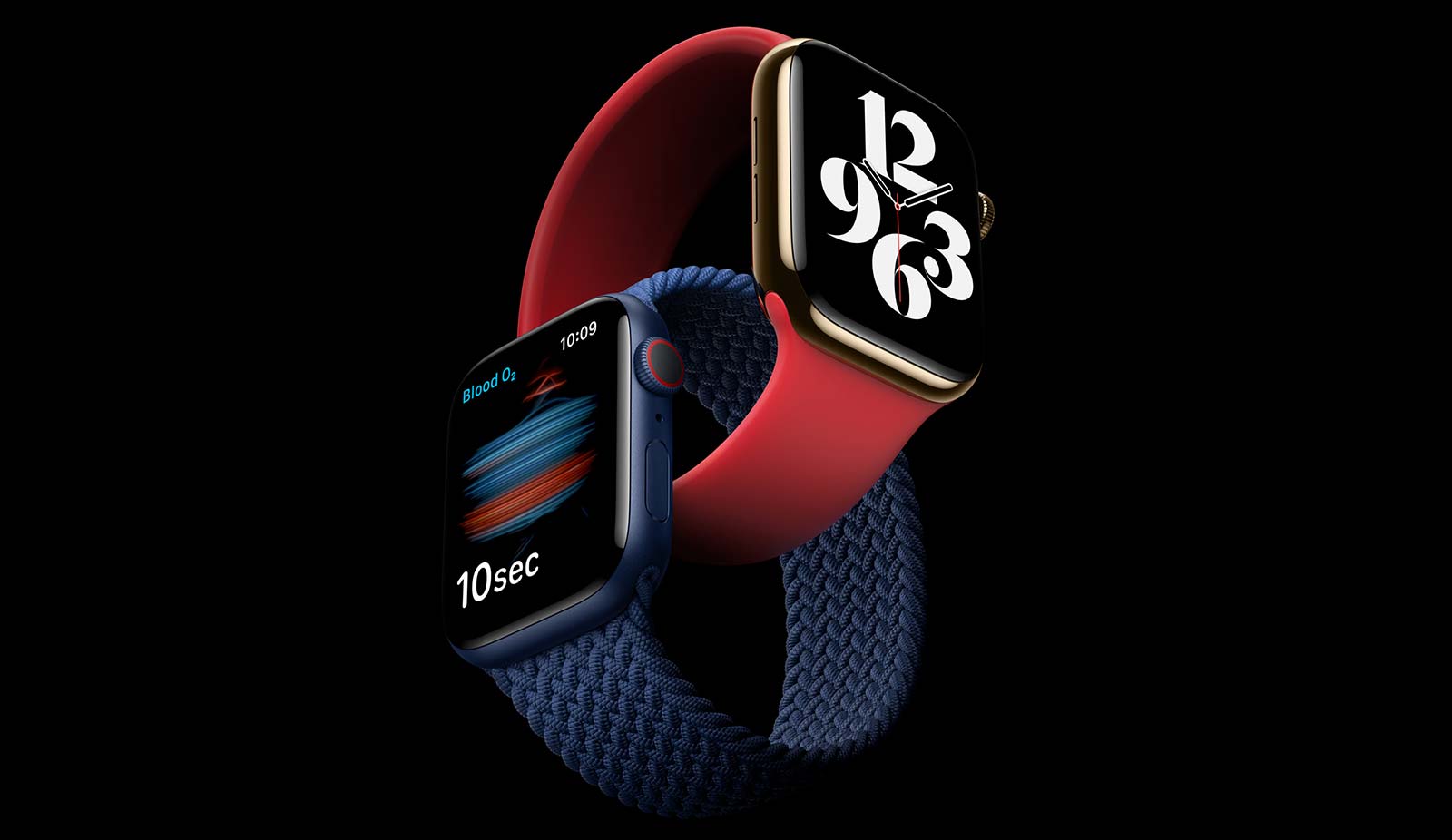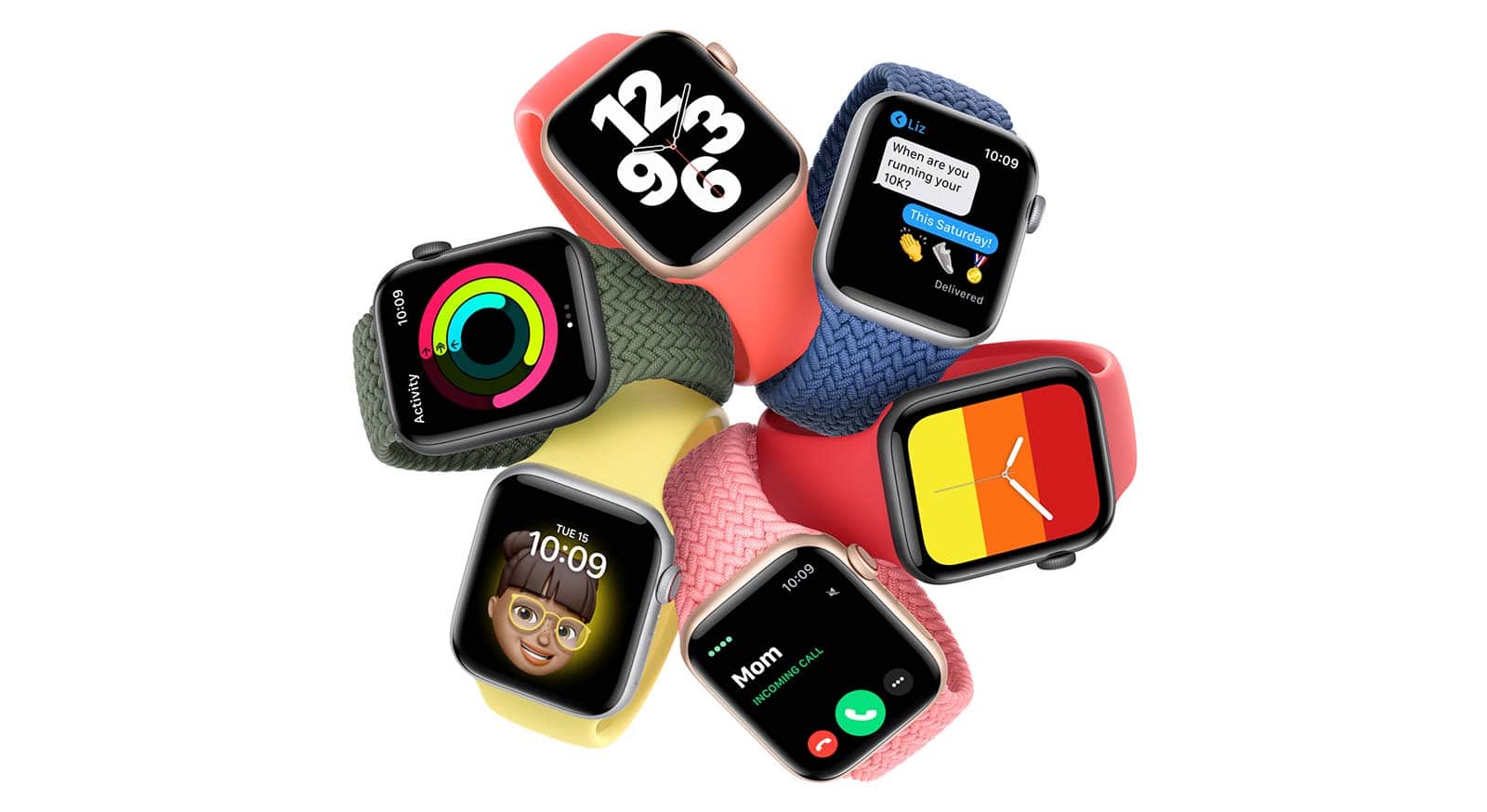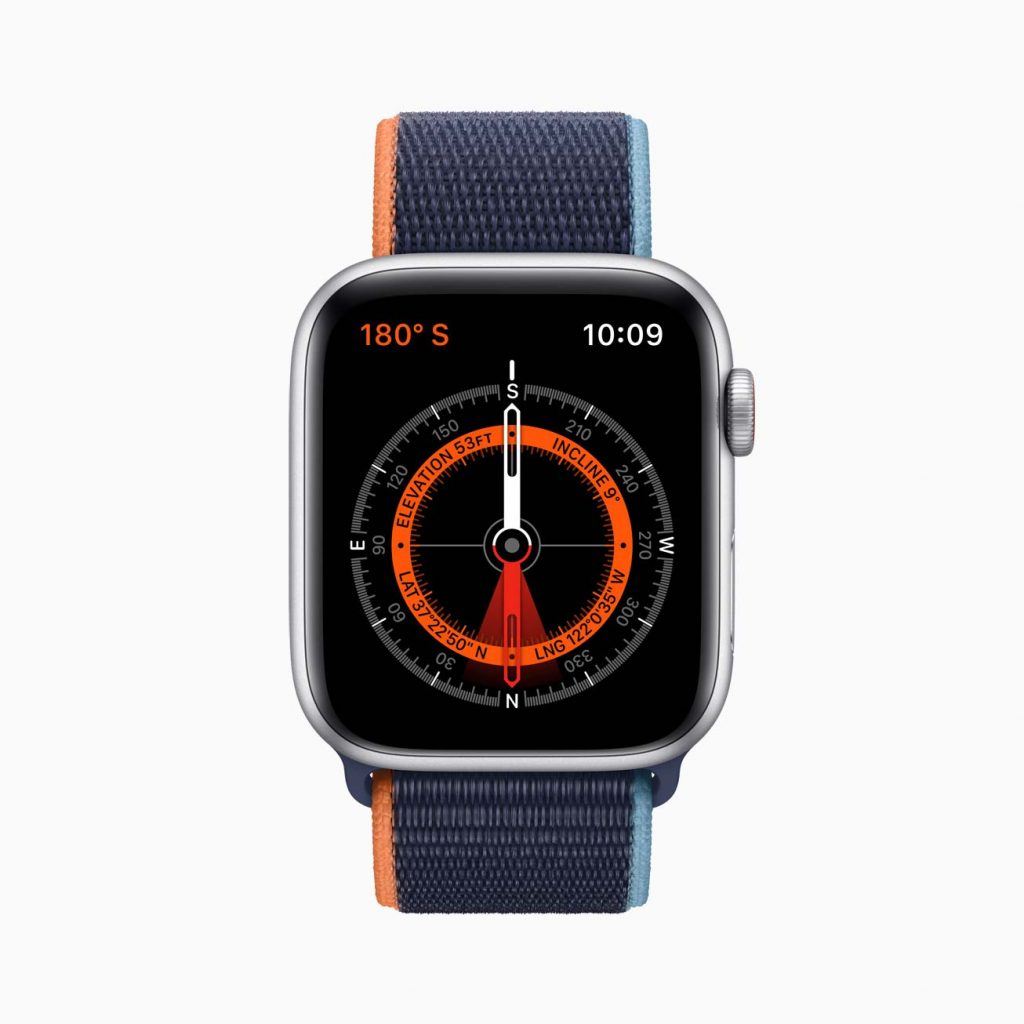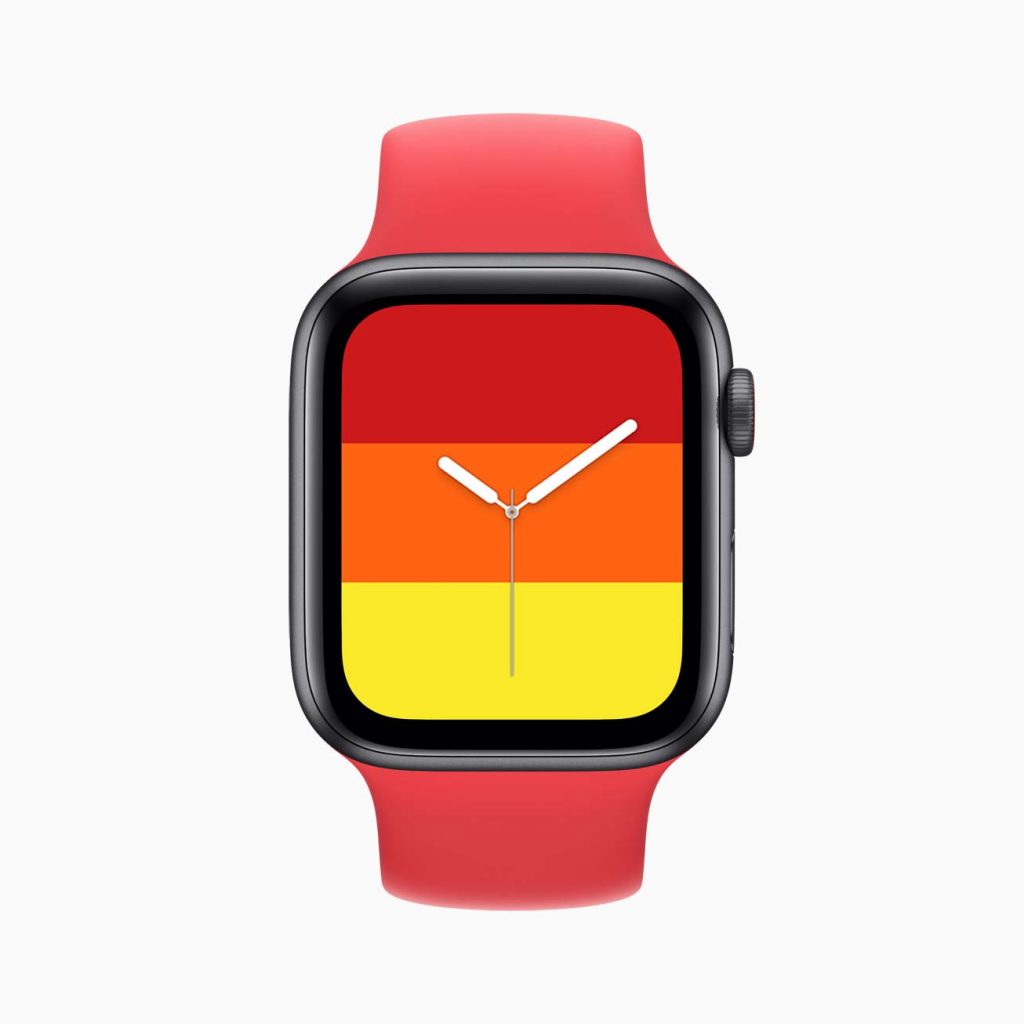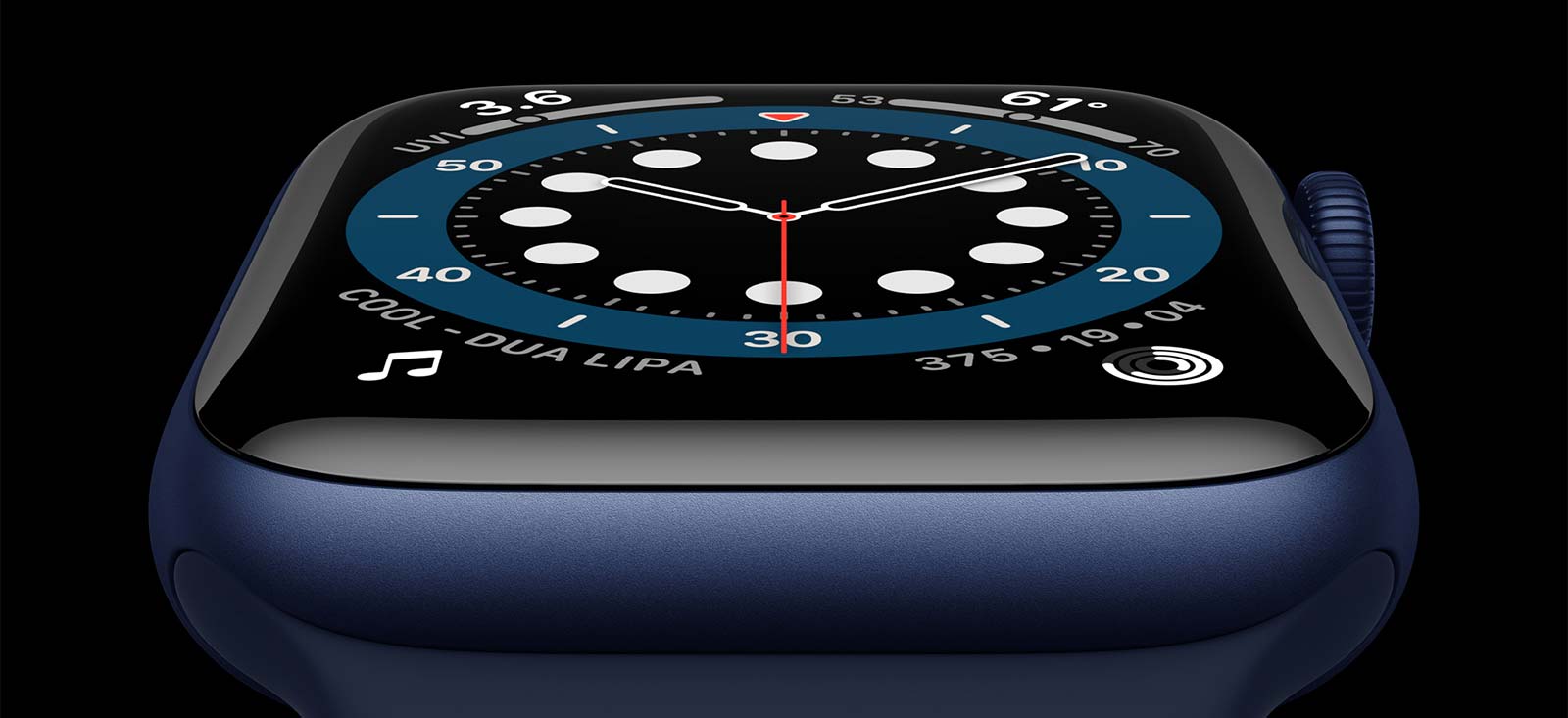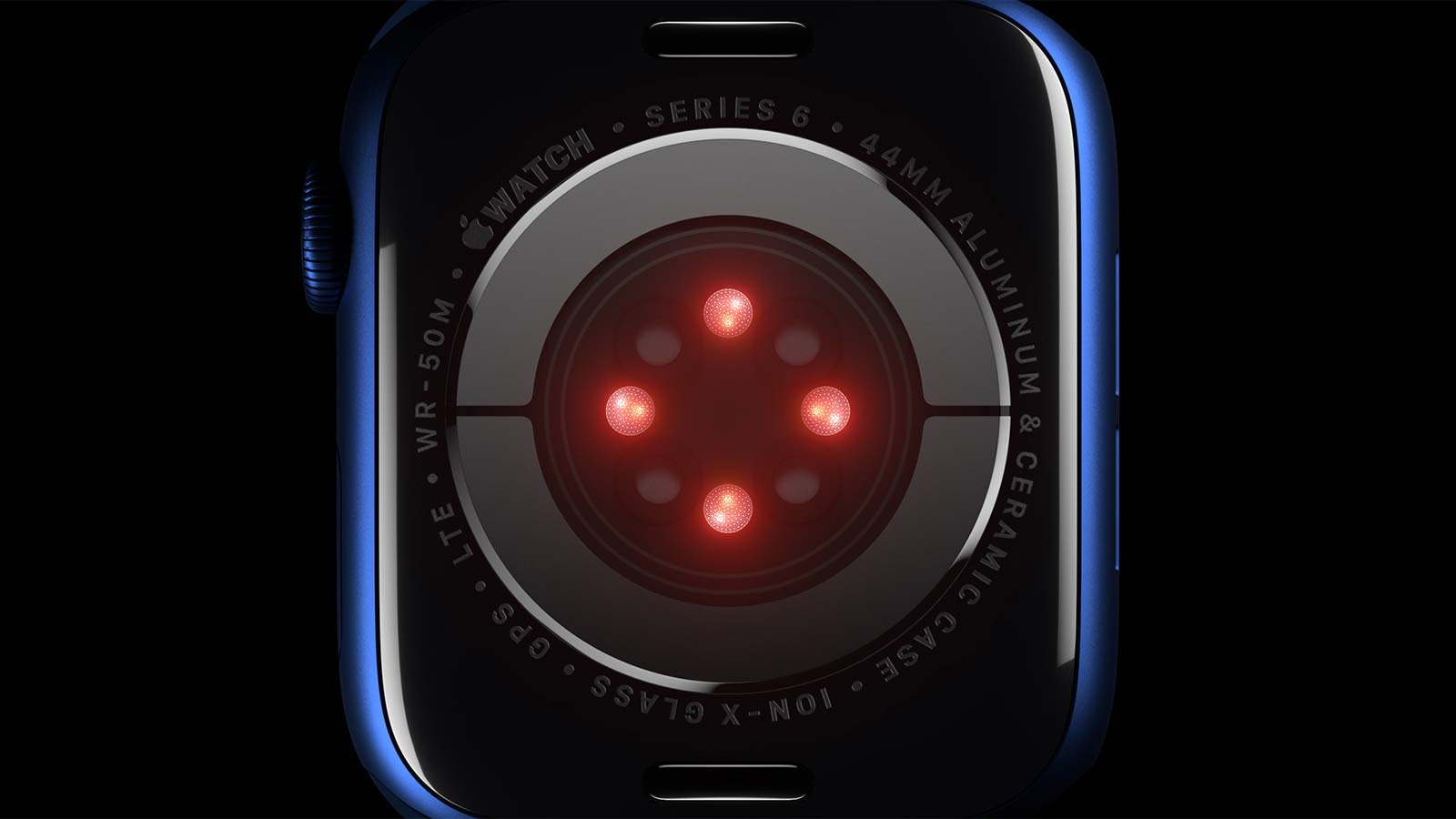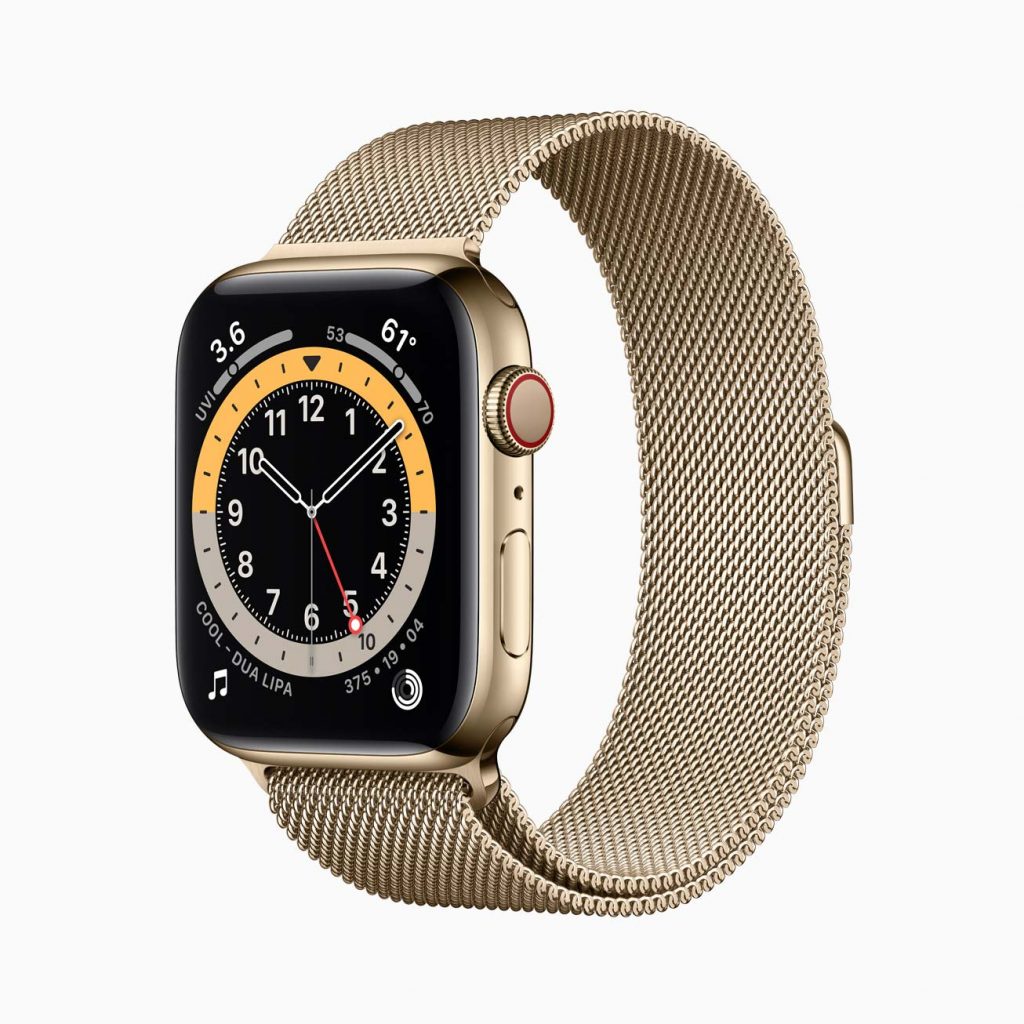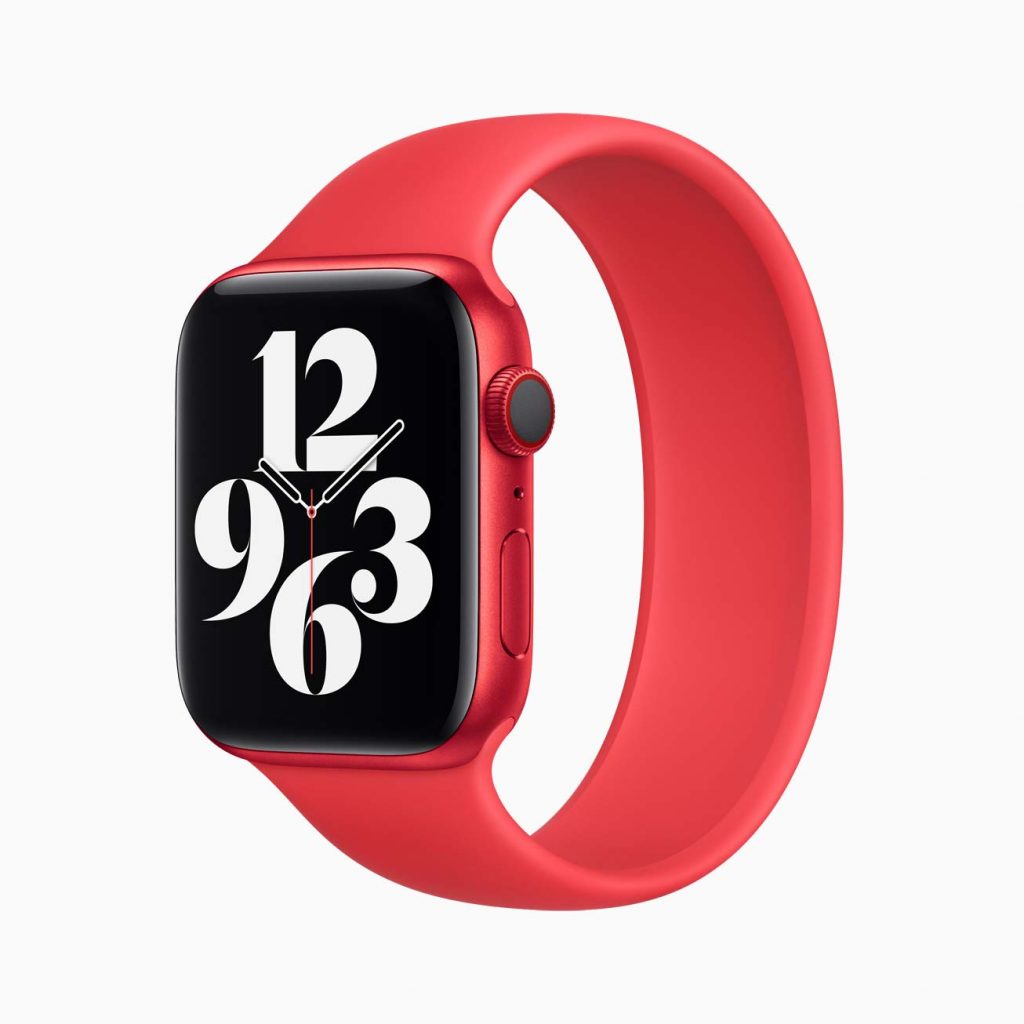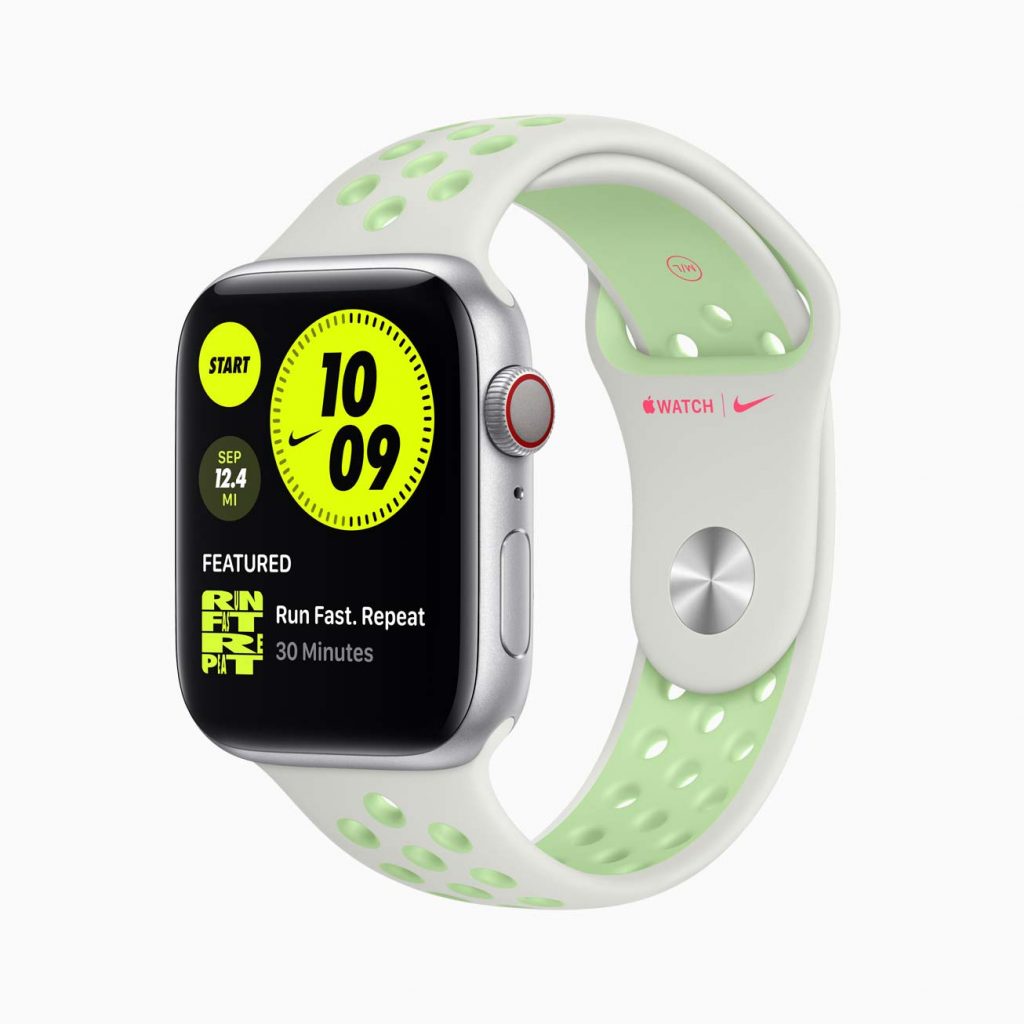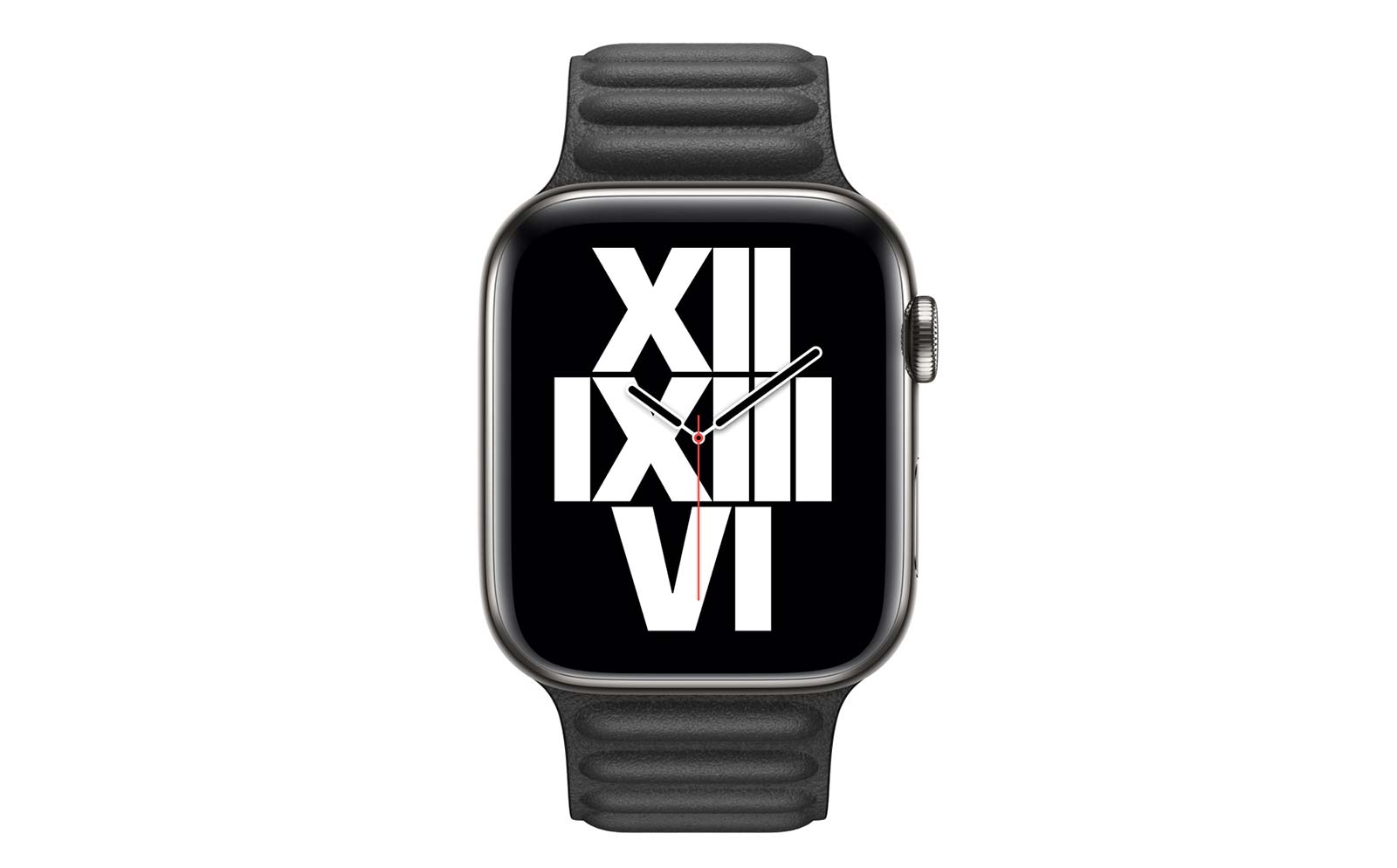A new year, a new smartwatch, as Apple unveils what’s coming from its flagship smartwatch model.
Apple’s smartwatch is getting a bit of an update of sorts this week, as the company behind the iPhone looks to upgrade its smartwatches, too.
While the world might have expected an iPhone or four at this week’s Apple event, that was sadly not to be. Rather, Apple focused its “Time Flies” event on iPads and the Apple Watch, which we largely expected.
But for a bit of a change this year, there won’t be just one Apple Watch, but two joining the Series 3, which also sticks around for the next year. That model will drop to a starting cost of $299 locally, down from $319, making it essentially an “entry-level Apple Watch” of sorts, albeit one with water resistance and GPS.
However it won’t be the only option.
While the Series 3 uses the older style Apple Watch design complete with a larger set of bezels, there will be an Apple Watch SE this year, using the same thinner bordered screen from Series 5, offering a 40mm and 44mm design, and with enough features inside that make it similar to what was found in the Series 5 Apple Watch, too.
Essentially, it’s the Apple Watch Series 5 system, featuring a dual-core chip, haptic feedback, water-resistance, GPS, built-in compass, fall detection, altimeter, heart-rate tracking, and water resistance from the Series 5 Apple Watch, but in a slightly more cost-effective package.
About the only thing missing from the Apple Watch SE from the previous Series 5 is the electrical heart sensor, the ECG, which is largely irrelevant in Australia, anyway, with the Therapeutic Goods Association (TGA) yet to approve it.
However that omission may keep the Apple Watch SE ticking around at a slightly lower price, arriving in Australia from $429 for the GPS model and $499 for the 4G/GPS model, down from the starting cost of the Series 5’s $649 price tag.
You could call the Apple Watch SE a mid-range Apple Watch of sorts, which would make sense.
So what about the high-end?
Well for that, Apple is looking at the Series 6, which is on its way.
Like the Series 5 (and Watch SE), it will be based on the thinner bezels first introduced in the Series 4 Apple Watch. There’s a slightly different screen here, using an always-on Retina display utilising the same LTPO OLED screen technology from Season 5, which helps to keep the power usage down. That means it will look the same, but might not perform quite the same, and that’s largely helped by what’s under the hood.
You can expect to find a new processor with the S6 System-in-Package based on the Apple A13 used in the iPhone 11 range, boasting as much as 20 percent more speed than the chip in the Series 5 Apple Watch. There’s also the U1 wireless chip here, alongside Wideband antennas, which can turn the Apple Watch S6 into a set of car keys for supported cars.
And then there’s the health technology, which is pretty much everything Apple has included previously — compass, GPS, optical heart sensor, altimeter, pedometer, and so on — plus the electrocardiogram that still doesn’t work locally, and finally something else.
That “something else” includes four sets of greed, red, and infrared LEDs to measure blood oxygen levels, also known as SpO2. It’s a technology that aims to track the light reflected back from the blood, expected to answer how oxygen is being efficiently managed in your body, and not something entirely unknown in wearables. Previously, both Huawei and Fitbit have supported the technology, with Apple next on the list, and collaborating with several universities to study the signals from the SpO2 sensor.
Apple’s inclusion of an SpO2 sensor is welcome for a different reason, too: unlike the ECG which isn’t supported in Australia, the blood oxygen mode should work locally, making it an extra feature locals should be able to work without waiting.
“Apple Watch Series 6 completely redefines what a watch can do,” said Jeff Williams, Chief Operating Officer of Apple.
“With powerful new features, including a Blood Oxygen sensor and app, Apple Watch becomes even more indispensable by providing further insight into overall well-being,” he said.
These additions also join watchOS 7, which as announced back at WWDC 2020, will support sleep tracking and a hand-washing mode, while the Apple Watch Series 6 also gets new colours, too. While the silver and space grey are normal, and gold is also there, a blue model is part of the package, as is a red variant from (Product)RED in aluminium. Meanwhile, the more durable (and more expensive) stainless steel model will get a graphite look, a yellow gold, and both a natural and space black titanium. Plus there will be a new Hermes model for folks happy to spend.
And spend is something they can do, with the Watch Series 6 starting at $599 locally for the GPS only aluminium model, while $749 gets the 4G/GPS aluminium variant. Stainless steel models start at near double that, with $1049 the starting price there, while the Apple Watch Series 6 Hermes edition starts from $1899 in Australia.
Availability for the Series 6 Apple Watch looks set for later this week, with Friday, September 18, when people can expect to find them in Australia.


